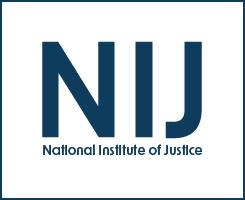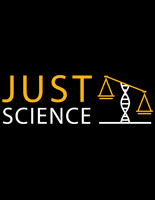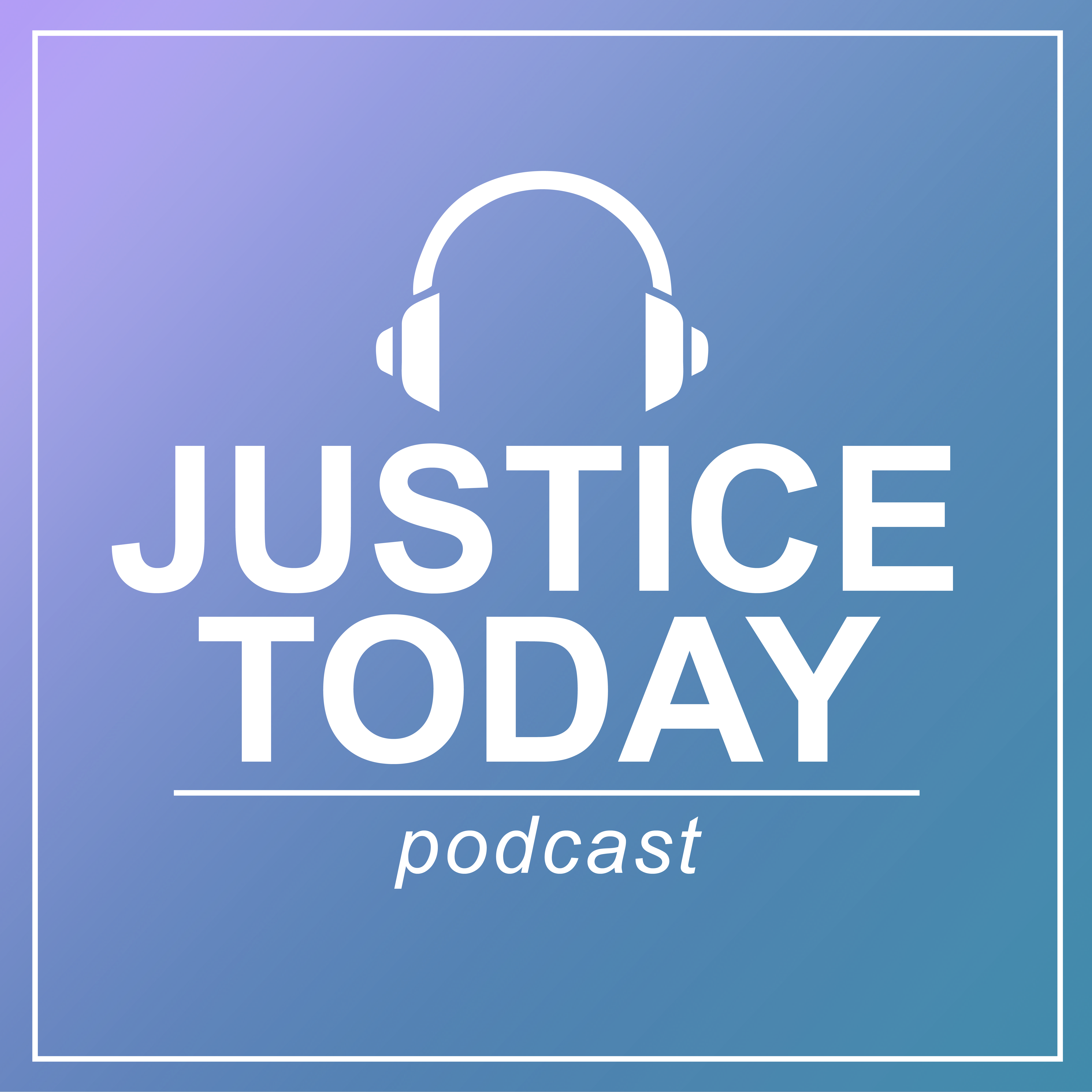Nanoparticle-Decorated Micropillars As Integrated Raman Spectroscopy and Mass Spectrometry Substrates for Quantitative and High-Throughput Toxicology Drug Analysis
15PNIJ-23-GG-04235-RESS
Open
Funding First Awarded
2023
$199,676




